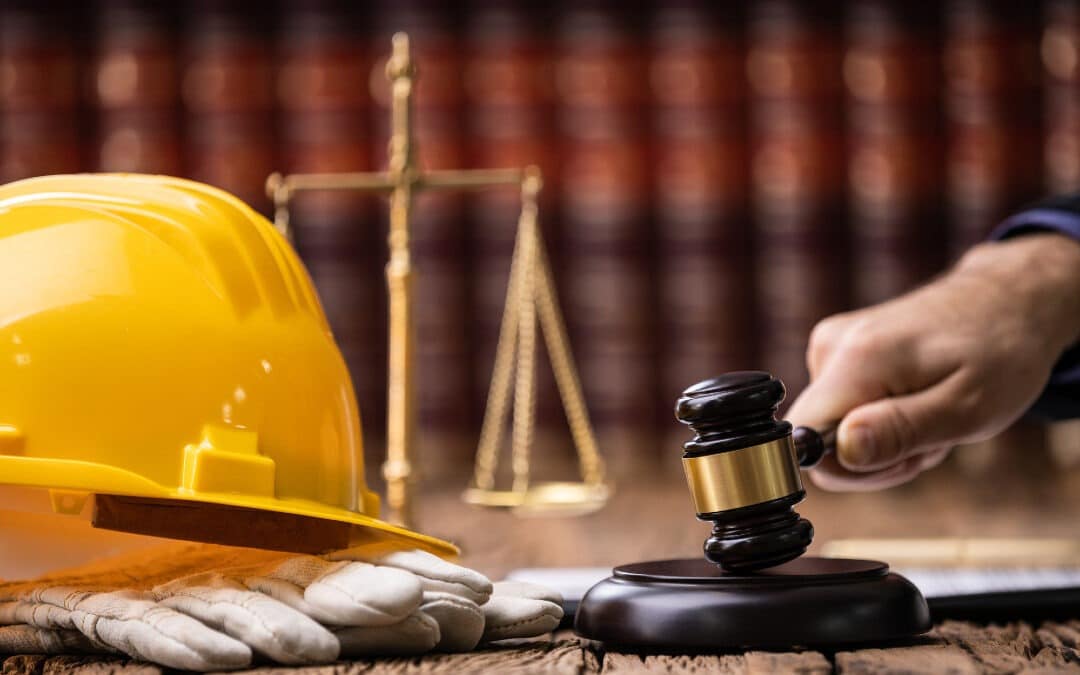In Connecticut, the right to file a mechanic’s lien is defined in Connecticut General Statutes (“Conn. Gen. Stat.”) §§ 49-33 through 49-40a. The purpose of the mechanic’s lien is to provide suppliers and laborers with security for payment of their materials and services.[1]
The statutes set forth the persons entitled to file a mechanic’s lien, the property subject to mechanic’s liens, items covered, substantive requirements of a certificate of mechanic’s lien, and the recording and notice requirements.[2]
Provided no action to foreclose the mechanic’s lien has started, a property owner may apply to the Superior Court for a hearing to determine whether the lien should be reduced or discharged.[3] The application must be filed in the judicial district where the mechanic’s lien may be foreclosed. The court then sets a date for the hearing and orders reasonable notice of the application to be provided to the party that filed the lien (“lienor”) and any additional owners of the property. Currently, these hearings are being held virtually because of the COVID-19 pandemic.[4]
At the hearing, the lienor must first establish that there is probable cause to sustain the validity of his lien. This initial burden is analogous to the probable cause burden of a plaintiff seeking a prejudgment remedy.[5] The lienor need not establish that she or he will prevail for the court to uphold the lien, only that there is probable cause to sustain the claim’s validity.[6]
Once the lienor has satisfied its initial burden, the party that applied to discharge the lien (“applicant”) must prove by clear and convincing evidence that the lien is invalid or excessive.[7] This burden is higher than the lienor’s initial burden. “Clear and convincing proof” requires “strong, positive” proof “free from doubt,” and “full, clear, and decisive.”[8]
After the hearing, the court has the option to: (1) Deny the application; (2) discharge the lien; (3) reduce the lien; or (4) order the lien to be discharged or reduced upon condition that surety bond is posted.[9]
At Yoars Law, we focus on being proactive legal advisors for our construction clients, guiding them through the complex legal issues as they arise, and being zealot advocates when needed. We also provide transparent and predictable legal fees so our clients can consistently manage their budgets.
[1] D’Angelo Dev. Constr. Corp. v. Cordovano, 121 Conn. App. 165, cert. den., 297 Conn. 923 (2010).
[2] See Conn. Gen. Stat. §§ 49-33, 49-34, and 49-35.
[3] Conn. Gen. Stat. § 49-35a.
[4] See Connecticut Courts’ Guide to Remote Hearings at https://jud.ct.gov/HomePDFs/ConnecticutGuideRemoteHearings.pdf.
[5] See Conn. Gen. Stat. § 52-278a et seq.; Pero Bldg. Co. v. Smith, 6 Conn. App. 180, 182 (1986).
[6] 36 DeForest Ave., LLC v. Creadore, 99 Conn. App. 690, cert. den., 282 Conn. 905 (2007).
[7] Conn. Gen Stat. §§ 49-35a, 49-35b; Pomarico v. Gary Construction, Inc., 5 Conn. App. 106, 497 A.2d 70 (1985).
[8] See Dacey v. Connecticut Bar Association, 170 Conn. 520, 536-37, 368 A.2d 125 (1976) (citations omitted).
[9] Conn. Gen. Stat. § 49-35b.

